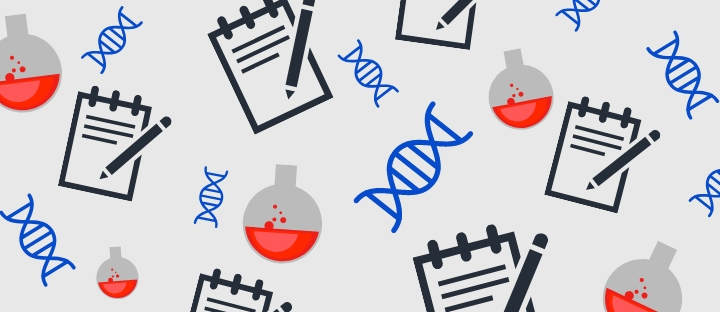#ScienceSaturday posts share exciting scientific developments and educational resources with the KAND community. Each week, Dr. Dylan Verden of KIF1A.ORG summarizes newly published KIF1A-related research and highlights progress in rare disease research and therapeutic development.
KIF1A in New York: The 2023 KAND Family & Scientific Engagement Conference
We won’t be posting next Saturday, but not for a lack of science! Next week we’re overjoyed to convene families, clinicians, and researchers to discuss progress and goals in our mission to find treatments and cures of KAND. Not only will this be our second in-person KAND conference, but it will also feature dozens of families participating in the KOALA study, which will establish clinical endpoints that we can use to assess new therapeutics. We can’t wait to share stories, perspectives, and cutting edge research from across our community.
KIF1A-Related Research
Microtubule-associated septin complexes modulate kinesin and dynein motility with differential specificities
One of the most direct ways to treat KAND is to help KIF1A get cargo to its destination more effectively. Genetic and RNA-based therapies seek to correct mutant KIF1A – improving its force generation, velocity, and distance traveled by increasing the ratio of healthy to mutant KIF1A. But it’s also worth considering if there are ways to make the neuron’s microtubule highways easier to traverse for mutant KIF1A.
Not all roads are the same, and neither are all microtubules; they are decorated with many modifications that influence traffic. Septins are a family of proteins that form complexes that bind to microtubules; there are many types of septins, and depending on which ones are expressed the complexes may promote, or hinder, crossing by different motor proteins. You can see a visualization of septin complexes along microtubules in the video below.
As we can see, the septins work in combination; a complex of septins 2, 6, and 7 behaves differently than a complex of septins 5, 7, and 11. Figuring out how these complexes impact KIF1A could allow us to make easier roads for mutant motors; in this week’s #ScienceSaturday, researchers at Drexel University studied just that.
First, KIF1A, KIF5C, and dynein were tracked as they walked along microtubules with different septin complexes. The complex septin 2/6/7 inhibited the movement of all motors; KIF1A moved more slowly and stopped more often. Notably, the authors were able to rescue KIF1A’s velocity with a septin2/6/7/9 complex, indicating that septin 9 enhances KIF1A movement.
The authors also found that the septin 5/7/11 caused motors to pause more frequently, possibly by tethering them to the microtubule. Notably, this complex inhibited the overall movement of KIF5C and dynein, but had less of an effect on KIF1A. This tethering may be beneficial for KIF1A because it tends to slip off of microtubules easily. Thus, the presence of septin 5/7/11 may bias microtubules to allow KIF1A transport.
Because motors are constantly interacting in tug-of-war for cargo, it’s important to consider balance between these motors; but by learning about the subtle contributions of different septin complexes, we may find strategies to make road trips just a little bit easier for KIF1A.
Rare Roundup
The New Opportunity to Help Rare Disease Patients
The search for rare disease treatments has historically been under-resourced; research and development, preclinical modeling, clinical trials, and therapeutic approval were all games geared toward treating more common disorders. But in the last few years we’ve seen a culture shift that has made rare disease research much more viable. In fact, nearly half of newly approved drugs in the US were for rare diseases. As this shift takes place in academia, industry, and government, it will be more important than ever for patient communities to advocate for resources and systems that serve them. KIF1A.ORG is actively working to build advocacy strategies for just this purpose, so stay tuned!

